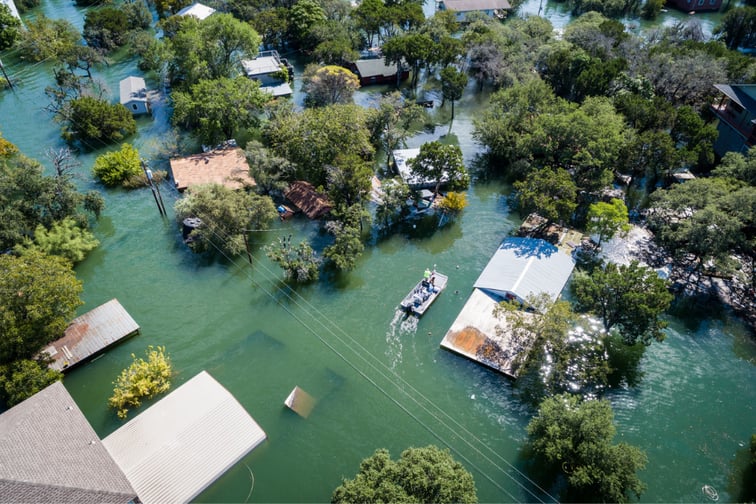

Total economic losses due to natural disasters totalled US$72 billion (SG$97.7 billion) in 2021, according to Aon’s 2021 Weather, Climate and Catastrophe Insight report.
Following three years of economic losses exceeding US$100 billion, Asia’s figure dropped to US$72 billion in 2021. Insurance covered only 9% of economic losses in Asia, compared to 38% of the $343 billion in global losses.
“Clearly there is both a protection and innovation gap when it comes to climate risk,” said Owen Belman, head of Asia at Aon. “As catastrophic events increase in severity, the way that we assess and ultimately prepare for these risks cannot depend solely on historical data. We need to look to artificial intelligence and predictive models that are constantly learning and evolving to map the volatility of a changing climate and its interaction with a complex and ever-changing urban environment. With scalable solutions, organisations can make better decisions that make them more resilient as they continue to face interconnected and increasingly volatile risks.”
The report said that 10,500 people lost their lives due to global natural catastrophe events in 2021, and 46% of the fatalities occurred in Asia. Flooding was the leading cause of fatalities in Asia, exacerbated by rapidly growing urbanisation in the region, leading to higher population densities.
Flash floods in Henan, China, in July led to an economic loss of US$18.6 billion, with US$1.9 billion in covered losses. This set the record for costliest weather-related event for the Chinese insurance industry, Aon said.
Super Typhoon Rai was the deadliest tropical cyclone of the year. In December, it struck the Philippines, leaving 409 people dead. Seasonal flooding in India led to 1,282 deaths, with Cyclone Yaas inflicting almost US$3 billion in economic losses. Malaysia encountered its costliest and most extensive flood event on record in December, with total economic losses topping US$2 billion.
In Japan, earthquake was the costliest peril, with economic losses of almost $9 billion, mainly from the Fukushima (February) and Miyagi (March) events.
Taiwan set a new national temperature record of 40.6°C (105.1°F) on Aug. 11.
“Many Asian communities are exposed to increasingly volatile weather conditions that are in part enhanced by the growing effects of climate change," said Brad Weir, Asia head of analytics for reinsurance solutions at Aon. “This includes record-setting rainfall and flooding, intense landfalling tropical cyclones, droughts and winter storms. With one of the lowest levels of insurance coverage and rapidly evolving urbanisedurbanized centres, addressing vulnerabilities related to climate risk is not only critical but also presents many challenges. We can no longer build or plan to meet the climate of yesterday. With physical damage loss costs rising, this is also leading to lingering global disruptions to supply chains and various humanitarian and other asset-related services. There is an ongoing need for public and private entities to collaborate and help bridge the gap of insurance protection. The path forward for organisations and governments must include sustainability and mitigation efforts to navigate and minimiseminimize risk as new forms of disaster-related volatility emerge.”
